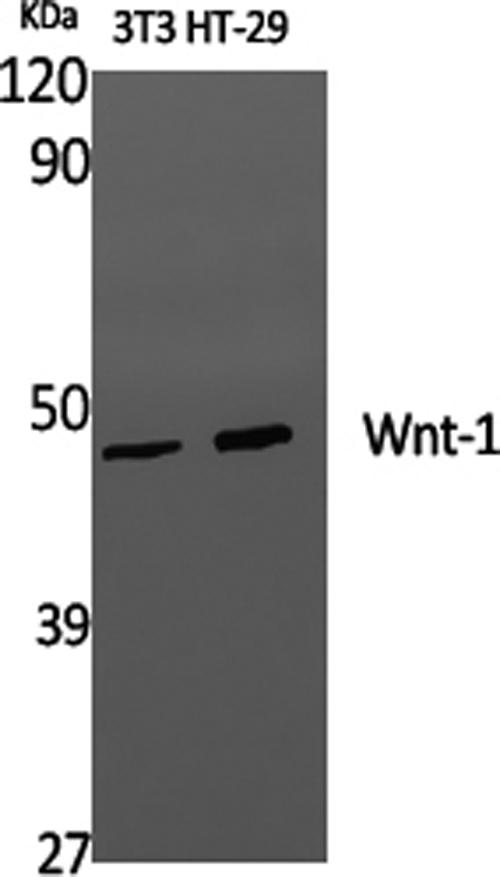WNT1 Polyclonal Antibody
For reference only. Please follow the manual included in your kit for instructions.
Catalog Number
Product Name
WNT1 Polyclonal Antibody
Catalog Number
RD71916A
Clonality
Polyclonal
Purification Method
Affinity purification
Isotype
IgG
Host
Rabbit
Background
The WNT gene family consists of structurally related genes which encode secreted signaling proteins. These proteins have been implicated in oncogenesis and in several developmental processes, including regulation of cell fate and patterning during embryogenesis. This gene is a member of the WNT gene family. It is very conserved in evolution, and the protein encoded by this gene is known to be 98% identical to the mouse Wnt1 protein at the amino acid level. The studies in mouse indicate that the Wnt1 protein functions in the induction of the mesencephalon and cerebellum. This gene was originally considered as a candidate gene for Joubert syndrome, an autosomal recessive disorder with cerebellar hypoplasia as a leading feature. However, further studies suggested that the gene mutations might not have a significant role in Joubert syndrome. This gene is clustered with another family member, WNT10B, in the chromosome 12q13 region.
Immunogen Information
Immunogen
Synthesized peptide derived from the C-terminal region of human Wnt-1
Swissprot
P04628
Synonyms
BMND16INT1OI15oncogene Int1Proto oncogene protein Wnt 1Proto-oncogene Int-1 homologProto-oncogene Wnt-1Wingless type MMTV integration site family member 1wingless-type MMTV integration site familymember 1 (oncogene INT1)Wnt 1wnt1WNT1
Calculated MW
41 kDa
Observed MW
45 kDa
Applications
Reactivity
Human,Mouse
Tested Applications
WB,IHC-p,IF,ELISA
Conjugation
Unconjugated
Dilution
WB 1:500-1:2000, IHC 1:100-1:300, IF 1:200-1:1000, ELISA 1:10000
Concentration
1 mg/mL
Storage Buffer
PBS with 0.02% sodium azide, 0.5% protective protein and 50% glycerol, pH7.4
Storage Instructions
Store at -20°C. Avoid freeze / thaw cycles.

